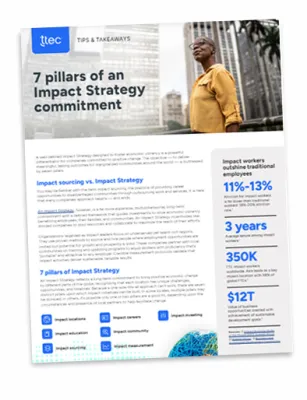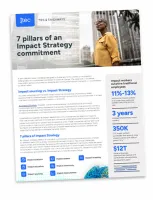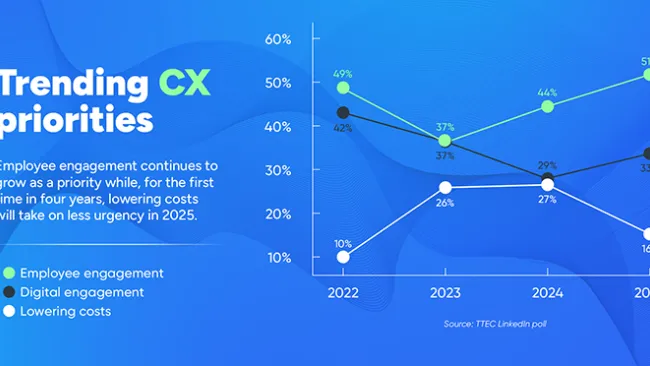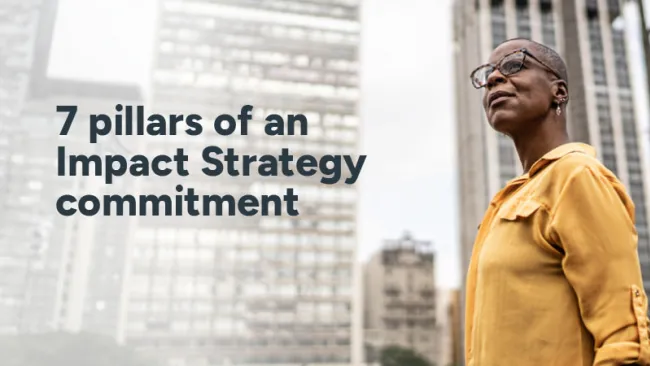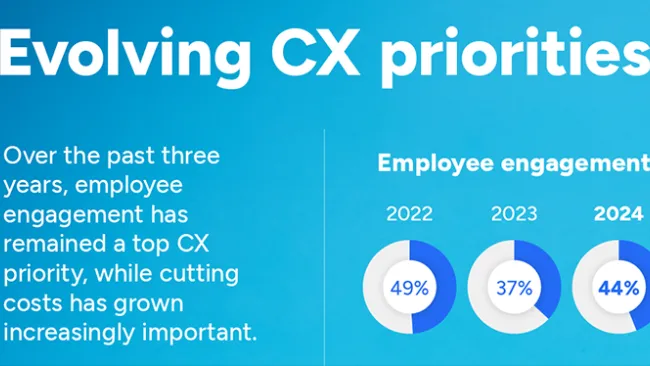There is a common misconception that mobile and digital employees are strictly “Millennials.” The reality is most business personnel are fluent with mobile and digital technology, for both personal and professional use. The experienced workforce actually appreciates these tools more, because they know what it was like before. Millennials will never know the grating sound of a dial-up Internet connection, or the endless frustration of a poorly working or consistently busy fax machine.
When we interact, we’re very digital. More than 90 percent of Americans have mobile phones, and 64 percent of Americans have smartphones, according to the Pew Research Center. Employers have begun to leverage that connectivity in the workplace. The biggest challenge, however, is that many companies implement tools and technology that don’t match how and why people want to use it. Too many companies focus on the technology itself, not the goals and outcomes of its use. For example, we’ve seen many companies build a new intranet or collaborative space, only to have them ignored by employees. Or worse, people feel overwhelmed by the “always-on” nature of current tools like email and instant messages, and are hesitant to add new tools in the workplace. The “professional” technology must reflect the architecture and design of the “personal” technology to ensure employees focus on the message instead of the medium.
Firms need to create practical use cases for digital tools that improve daily work activities, not add more complexity or stress to a workday. This requires a focus not just on the capabilities, but also on employee mindset and alignment across the organization. According to the 2014 Human Resources Practice Survey, “organizations that perceive people as ‘people’ rather than ‘employees’ will adopt practices that engage and retain the best and brightest.” This means considering the employee point of view about digital tools. Remember to design and deploy them in a way that aligns to their natural use case so the focus is on conveying what’s in it for them versus learning the new technology.
Also, employees must be emotionally ready to break from tradition, and traditional processes, to use new tools. If you buy a new sports car to get to work quicker, yet take the same rush hour route—it’s not the car (in this case technology), it’s the driver (the people) and the route (the process). That’s why mindset and culture change is critical. Companies must have the mindset to make the necessary changes to their strategy, governance, structure, and historic approach in order to engage today’s digital employee. Remember to be patient. Not everyone is going to be comfortable at first. Many will be hesitant. Creating a supportive environment is crucial to adoption. And don’t underestimate the power of executives to spur culture change. Senior leaders must serve as role models and use digital tools themselves.
The benefits and outcomes of digital tools for employee engagement must be communicated on a consistent basis, and rewards and recognition work well to increase engagement. When done right, the tools can provide strong digital employee engagement that will improve productivity and morale.
Below are some examples of how to transform organizational behavior by embracing digital tools.
1. Announcements get a video makeover
In large organizations, announcements are commonly sent via email. Whether it’s to announce new hires, changes to HR benefits, or client wins, most companies use text-based email to share information with employees easily. Easy for the sender, but not valuable to the recipient. Often the announcements get buried in all the day’s email, or at best an employee may skim the headline.
If you want to communicate with employees, why not make a short video instead? It’s much more engaging and appealing to the recipient, especially if you get creative. More than 80 percent of respondents to a recent Kaltura survey agreed that using video to make announcements, promote company initiatives, and conduct other regular interactions improves relationships between employees and executives, and adds personality to stiff organizations.
The videos can be embedded into emails or shared on corporate websites. You can allow comments and questions to spur interactivity, and make it more fun and appealing to the people in your organization. They don’t need to be Hollywood quality, either. Announcements are meant to convey information, and interesting video storytelling will be more likely to spur conversation and get people to pay attention.
Example: Communications company Nextiva launched a weekly internal video series called NexTV to interact with its 300 employees and 100,000 customers. It started with a news show format, but morphed into a man on the street model featuring employees that’s more personal and engaging. As a result, every Friday 74 percent of its employees watch NexTV with a 96 percent engagement rate. (source: MarketingSherpa).
2. Lose the tie—be informal with a decentralized workforce
In the corporate world, flexible work environments are fast becoming the norm. Forrester Research reports that by 2016, 63 million Americans will work virtually, compared to 34 million in 2010. And that’s a good thing: 82 percent of those who telecommute experienced lower stress levels, 80 percent had higher morale, 69 percent missed fewer days from work; and 70 percent had increased productivity, according to the PGi Telework Week Survey 2014.
In addition, global companies often have multiple global offices, making it hard for team members to meet face to face. A bigger remote and decentralized workforce means the need for more digital collaboration and videoconferencing tools. Even quick team calls can benefit from using video. It adds a different dynamic when you see, not just hear, your team members during a meeting. You can assess non-verbal cues and body language, and get close as possible to an ideal face-to-face meeting.
The idea of videoconferencing is unsettling for many people, especially those who work from home in informal business attire (i.e., sweatpants and t-shirts), have a messy office, or don’t like how they look on a webcam. What’s important to convey in these cases is that it’s not about what you look like, it’s about the content of the meeting and the collaboration that can occur naturally when the team members see one another. It’s ok to be casual. It’s ok if your dog barks in the background or a siren is heard in the distance. Remember the rule that employees are ‘people,’ not just employees, and the benefits of video team meetings will outweigh the concerns.
Example: As Facebook expands and hires more remote employees, it uses video conferencing tools to bring them together virtually, even for one-on-one meetings. It prevents the company culture from getting diluted (source: Blue Jeans Network).
3. Make it a game
Gamification is a big catchphrase these days. It means applying game mechanics to certain activities to drive real-world behavior change. The travel and hospitality industries have this down to a science. Simply ask those travelers who are married to their Star Alliance, OneWorld, and SkyTeam programs. Applying similar ‘behavior-reward’ thinking within an organization is a great opportunity for internal interactions. People naturally want to achieve and compete, so gamification combines personal motivations with company goals and values at the base.
Game mechanics can easily be applied in the workplace in a number of ways. For example, most employees must complete different compliance tests and activities. Firms can award achievement levels and badges for quick completion or top scores, which can be published to all employees. So instead of simply getting it done, employees will want to win, which means finishing correctly and quickly. If you add value to the content, people will be more likely to engage and interact.
Example: T-Mobile incorporated gamification to its employee collaboration platform as a way to encourage employees to share ideas. As a result, participation increased 96 percent, contributions jumped up 583 percent, and responses skyrocketed 783 percent. That contributed to a 31 percent improvement in customer satisfaction scores, 40 percent improvement in call deflection resulting in reduced support costs, and month-over-month improvement of call resolution rates and customer satisfaction scores (source: Bunchball).
Some companies are hesitant to offer digital tools for employees, for fear they will spend more time online playing games and surfing the Web than on workplace productivity. That fear is unfounded today. If someone wants to be unproductive, they will find ways to do it, digital or otherwise. Meanwhile, digital and mobile tools have so much potential to create a better engaged workplace. Limiting tools and access ends up negatively affecting morale and productivity.
Digital tools are still in their infancy behind corporate doors. Many tools are being implemented without taking into account the business outcomes and employee mindset. In addition, HR, compliance, and legal sometimes need to get out of their own way and let organizations try tools to see what works.



